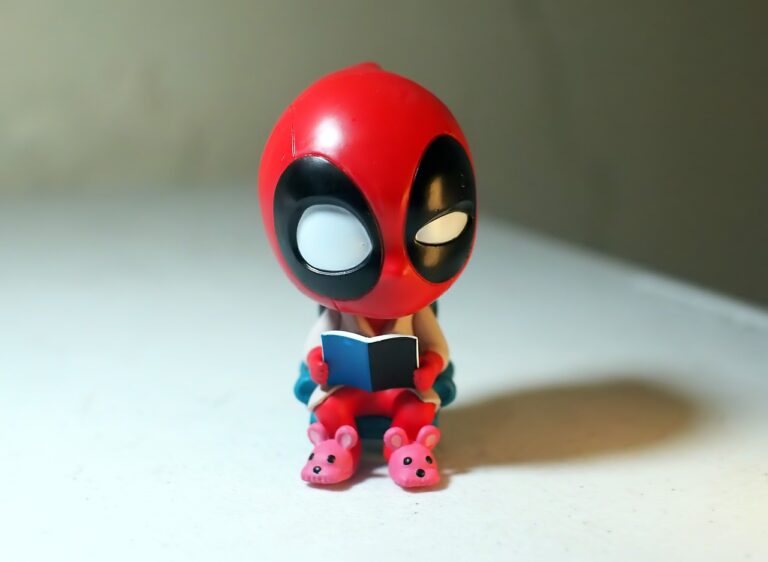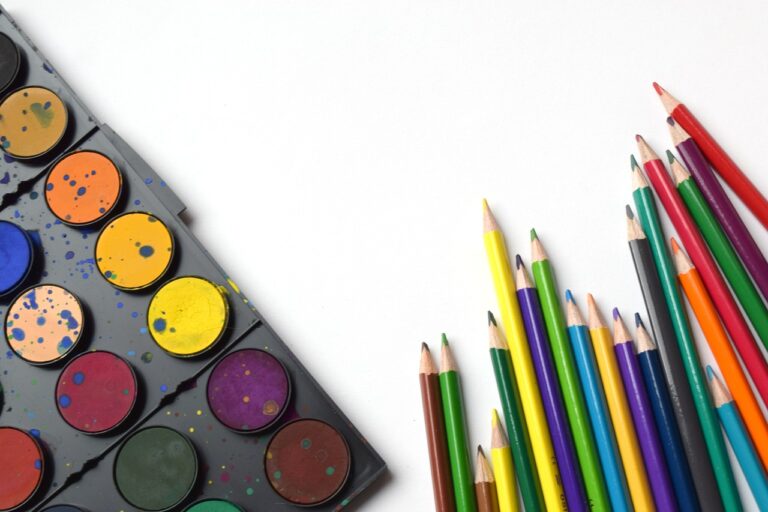Exploring the Intersection of Art and STEM Education
Research has shown that integrating art and STEM education can lead to numerous benefits for students. By combining these disciplines, students are encouraged to think creatively and analytically, fostering a well-rounded approach to problem-solving. This integration helps students develop skills in critical thinking, innovation, and communication, which are essential in today’s rapidly evolving world.
Furthermore, integrating art and STEM education can enhance students’ engagement and motivation in learning. By connecting abstract concepts in science, technology, engineering, and math with artistic expression, students are able to make meaningful connections and see the real-world applications of their studies. This holistic approach to education not only enriches the learning experience but also prepares students for success in an increasingly interdisciplinary and competitive job market.
The Benefits of Cross-Disciplinary Learning
Cross-disciplinary learning offers students the opportunity to develop a diverse set of skills that are crucial in today’s interconnected world. By integrating different subject areas, such as art and STEM, students are able to see the connections between seemingly unrelated topics and gain a deeper understanding of how they can work together harmoniously.
Furthermore, cross-disciplinary learning encourages creativity and critical thinking, as students are challenged to approach problems from multiple perspectives. This type of learning allows for a more holistic approach to education, preparing students for the complex and dynamic challenges they will face in their future careers.
Innovative Approaches to Teaching Art and STEM Together
Incorporating art and STEM subjects in an integrated manner has become increasingly popular in educational settings. By combining these disciplines, students are able to explore creativity alongside logic and problem-solving skills. This approach encourages innovative thinking and provides a well-rounded education that prepares students for the demands of a modern workforce.
One effective way to merge art and STEM is through project-based learning. Students can work on hands-on projects that require both artistic design and technical skills. For example, creating a sculpture that incorporates elements of engineering or coding can challenge students to think critically and apply their knowledge in a practical and creative way. This approach not only fosters collaboration and teamwork but also allows students to see the connections between seemingly disparate subjects.
Why is it important to integrate art and STEM education?
Integrating art and STEM education helps students develop both creative and analytical skills, fostering a well-rounded approach to problem-solving and innovation.
What are the benefits of cross-disciplinary learning?
Cross-disciplinary learning encourages students to think outside the box, make connections between different subjects, and develop a holistic understanding of the world around them.
What are some innovative approaches to teaching art and STEM together?
Some innovative approaches include incorporating art projects into STEM lessons, using technology to create interactive art and science experiences, and exploring the intersection of art and technology through coding and design challenges.







